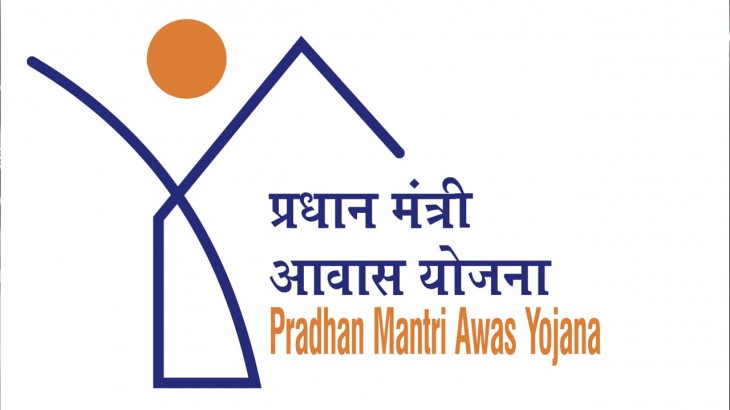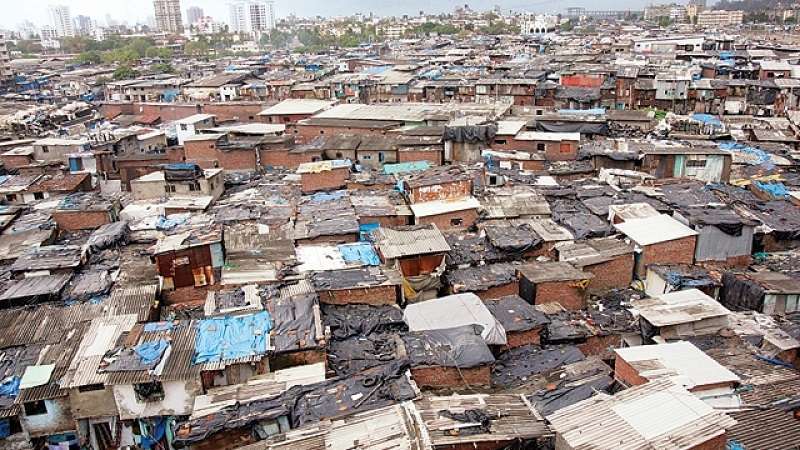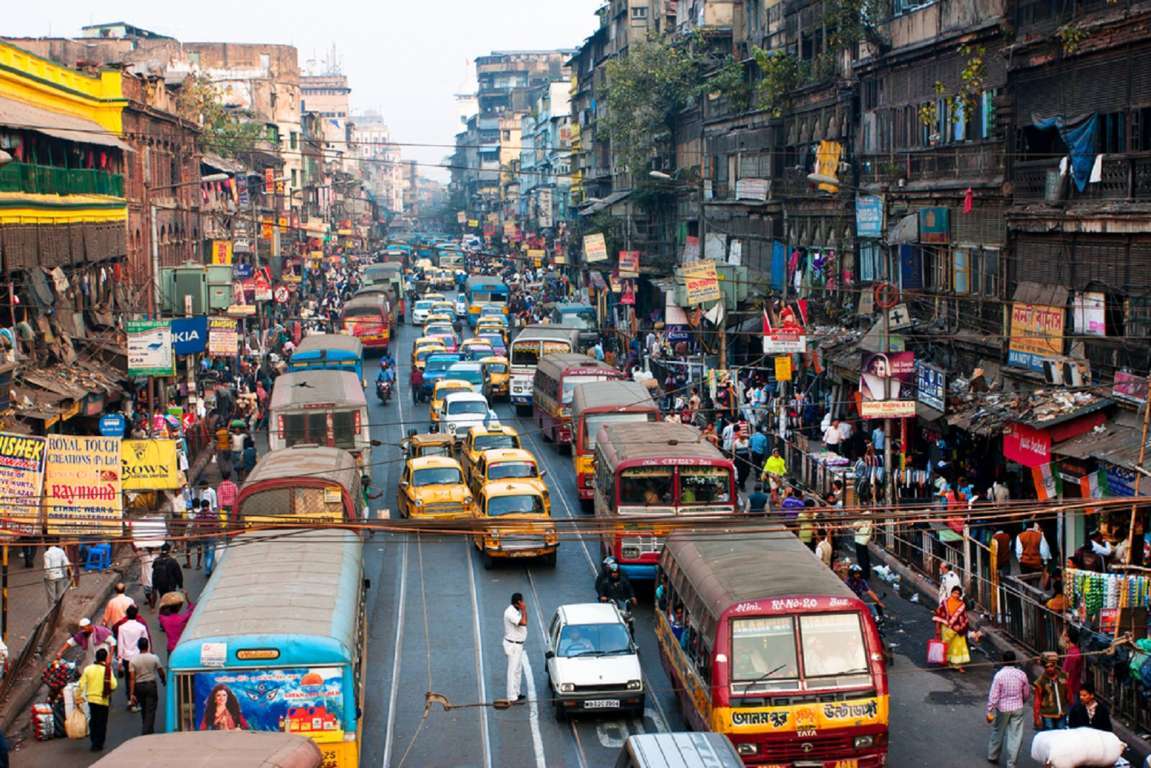Exploring the Ladder of Citizens Participation with Parallels drawn from the Aarey forest-Mumbai Metro Conflict, India
RELEVANT FACTS AND FIGURES:
Name of conflict: |
| |
| Type of conflict: | Infrastructure and built environment | |
| Project area: | 1200 ha | |
| Affected Population: | 10,000 | |
| Company names or state enterprises : | Mumbai Metro Rail Corporation Ltd
(MMRCL),Ministry of Environment, Forest and Climate Change (MoEFCC) Maharashtra
Government ,Maharashtra State Forest Department . | |
| Relevant government actors: | Sudhir Mungantiwar - State Forest Minister
,Devendra Fadnavis - Chief Minister, Maharashtra ,Ashwini Bhide - MD, MMRCL | |
| International and Finance Institutions: |
| |
| Environmental justice organizations (and other supporters): |
| |
| Intensity of mobilization: |
| |
| Groups mobilizing: |
| |
| Forms of mobilization: | Community-based participative research (popular
epidemiology studies, etc..),Creation of alternative reports/knowledge,Development
of a network/collective action,Development of alternative proposals,Lawsuits,
court cases, judicial activism, Media based activism/alternative media,
Objections to the EIA, Official complaint letters and petitions, Public
campaigns, Street protest/marches, Arguments for the rights of mother nature,
Appeals/recourse to economic valuation of the environment, |
BACKGROUND:
The
1200 Ha Aarey Milk Colony is a biodiversity hub and a catchment area for the
Mithi River that flows through the city of Mumbai. The Mumbai Metro Rail
Corporation Limited (MMRCL) proposes to construct a metro car shed right within
the forest for which they have demanded the denotification of 165 Ha of forest
land. Despite widespread citizens'
outrage and the availability of 7 other alternate locations, the state government
of Maharashtra remains absolutely adamant about locating its car shed here. Moreover,
there have been strong evidences that zoning of Aarey forest (From Non
Development Zone to Commercial) in the new Development Plan of 2034 has been
changed to benefit the builder lobbies in the city. The government has further
denied in open court that Aarey is a forest despite the fact that government
records clearly show the land having been declared as a forest as far back as
1969.
Interestingly
the Aarey forest is also home to around 10,000 tribals who have been living
there since centuries- many of them have already lost their homes, their lands
and their livelihoods due to increasing encroachment by the State on forest
land. The ones who havent been displaced already are under constant pressure to
move into the SRA buildings or move out of the forest entirely once and for
all. One of the greatest challenges in this particular case has been to educate
ordinary mumbaikars about the importance of forests - why we need to protect
them - and get them involved in this fight as it has been a matter of enormous challenge
to counter the government’s pro development propaganda. At the same time, what
comes as a sign of great strength is the fact that a lot of urban educated
youngsters have been participating in the struggle (including risking arrests
and detention). They bring with them a list of skill sets - from designing
websites to handling social media to setting up petitions to filing RTIs. What
is even more appealing is that these people come from all the spectrum of
society comprising of writers, artists, engineers, architects, freelancers,
students. Bands like Maati Baani and Swadesi Nation have created musical scores
to help raise awareness about the issue. Most recently, a youth based cultural
initiative (using rap music) was set up to help raise funds and awareness
regarding the Aarey forest controversy. As more awareness spreads, more and
more youngsters are joining the movement.
The
Aarey land has been consistently facing onslaughts from many development
projects every now and then. Government after government has not shown any
sensitivity towards the flora and fauna of the area, and the fact that these
forests are crucial in maintaining the macro climate of Mumbai and its
surrounding regions.
Looking back to its history of ownership, the
Aarey Dairy farm was established here in 1950s, and eventually ran into losses.
Subsequently, the land was also given to State Reserve Police Force (SRPF),
Force One (Mumbai Police), and Film City, among others, leading to the division
of forest land into smaller fragments. The latest in this series of onslaughts
is the Metro project, which is not only threatening the environment, but is
also a huge concern for the locals residing here, most of them belonging to the
Warli Adivasi tribe. Adivasis live in harmony with the forest area and are
completely dependent on the forest for their survival.
The
Aarey forest dwellers have had to wage several struggles simply to assert their
existence on the land. One of the earlier protests led by the then firebrand
leader Prakash Bhoir dates back to 1982which was more at a local scale and
failed to mobilize concerns of the masses .It was only later in June 2017,
around 1,000 Adivasis gathered in the Aarey Milk Colony when it
suddenly came to light that the state government has given a nod the proposal of an extension of Byculla
Zoo, and plans to demolish the existing
tribal houses and transform them into a Slum Rehabilitation Authority (SRA) building.
In June 2017, Prakash Bhoir, the leader of Shramik Adivasi Sangathana, when
speaking to The Afternoon Dispatch & Courier, said, “Every now and then, they are coming with infrastructure and recreation
projects,” and alleged that the authorities were incessantly cutting the
forest trees for development projects. Around 27 Adivasi settlements are spread
across Aarey. The Adivasis who have been living in the area since before the
dairy was set up in 1951,alleged that more than 60 hutments near Navshad Pada
lack electricity and water supply. The civic authorities come down to the
settlements without any prior notice. The Adivasis who are the native residents
of the area have said that they have even been paying taxes at the rate of Rs.
1 per guntha (1/40th of an acre) of land. At the time of the protest against
the zoo, they questioned where they would rehabilitate their cattle, and what
would become of their farms. As per the
Adivasis in the region, earlier, a major area of the green cover was already
lost to an NSG training center, Film City, and housing complexes.
Off
late in 2015, in an order passed by the principal bench of the National Green
Tribunal (NGT) in New Delhi cleared the “decks for the construction of a car
depot for Metro III project in Aarey” . The Mumbai Metro Rail Corporation
Limited expedited the felling of trees in the Aarey region following this
order. In September 2018, in a matter of two days, the MMRCL felled more than
200 trees. In fact, it claimed that it had permission to clear 2,700 trees in
the region. In the wake of this event a city based NGO, Vanshakti, approached
the NGT protesting against the Metro shed/depot for the 33km line between South
and North Mumbai. Eventually, the petition was disposed off. Reportedly, the
NGT had asked the petitioner to approach the High Court or the Supreme Court,
saying that it did not have the jurisdiction to decide whether Aarey is a forest. However, the Bombay High Court
(HC) passed an order on October 24 preventing the Tree Authority (TA) from
granting permission for the felling of trees in the city. The Court observed
that the Brihanmumbai Municipal Corporation (BMC) Commissioner may grant
permission in some urgent cases where the trees pose a danger to property or life.
However, it said that panels of experts must be constituted as laid down by the
law. The petition in the case was filed by Zoru Bathena, an activist who sought
to restrain the authority from adjudicating applications seeking permission to
cut trees.
As
of today the battle over the car shed is not over. Mumbaikars have spoken out
against Brihanmumbai Municipal Corporation’s (BMC) decision to cut around 2700
trees in Aarey forest to make way for a car shed for Metro. But despite after so many campaigns and protests,
nothing seems to have come out. The
only option before the citizens is to move the court. Certainly the people here
are not against development but development which comes at the cost of such
massive deforestation and displacement is one such thing people there do not
want to look up to.
THE TUG-OF-WAR BETWEEN THE HAVE’S AND THE
HAVE-NOTS:
Array
remains as the last green lung of Mumbai consisting of 27 hamlets and about a
hundred species of flora and fauna. This too is now being opened up for various
developers in the garb of various projects. The tribal community here being
close knit could mobilize enough voices to protest asking help from each pada (settlement)in
the vicinity of the forest. Time and again in a piecemeal fashion chunks of
land is being taken away in the name of development, although here have been
instances when the local authorities have resorted to listing to the woes of
the people but nothing concrete could be derived out of it and thus eventually
got subdued with time. For environmental activist and NGOs too it has not been
a smooth sail either. “Offline we are
threatened with police complaints and online we are trolled if we try to oppose
tree cuttings in Aarey,” said activist Nishant Bangera. When we opposed
illegal tree cutting at Aarey, the officials asked the police to file a false
manhandling complaint against us. And when we raise our voices on social media,
we get trolled, clearly by hired public relations agencies, who all seem to
post with unusual alpha-numeric usernames, clearly with the intent browbeating
us, labelling us as anti-development and anti-national”.
Local
tribals too complain that opposing tree felling has become very risky. “They come in large numbers with huge
police presence and two layers of security. Forget opposing them, it gets
difficult to even penetrate the cover to reach the tree,” says tribal leader
Laxman Dalvi. “These are trees our
forefathers had planted; who are these people to cut them? We are glad that the
city is coming out in our support and feel emboldened now”.
Not
just through intimidation, authorities have also tried to push their agenda
through surreptitiousness. Public notices for tree cuttings, a mandatory
provision, would be put in obscure newspapers to avoid catching the public eye.
Suddenly and quietly, rules are tweaked to conveniently help the government agencies.
Thus what we can infer is that one hand the government is trying every bit to
push its agenda of development at the cost of a loss of an entire range of
biodiversity while on the other hand with more and more enlightened citizens
joining the protest and the controversy gaining widespread momentum somewhere
people’s participation has been able to give the local authorities a tough time
moving forward with their reckless actions in the forest.
As the fight to save Aarey enters a crucial stage, it is essential that more and more people come forward and join the protest through public campaigns, tree trails, art events, landscape because at such high stakes it is extremely crucial that the have nots stay as bonded as they can and raise a voice strong enough to prevent this massive wipeout of an entire ecosystem.
DRAWING PARALLELS FROM THE ARNSTEIN LADDER OF PARTICIPATION:
Perhaps
the most clear and insightful understanding of the gradations and potential of
citizen participation was developed by Sherry Arnstein. In her pioneering 1969
article, A Ladder of Citizen Participation, a mainstay among US city planning
educators to this day, she explains the concept using a ladder. Each step of
the ladder represents a different level of involvement by the community, and as
one goes up the ladder, community members are given more power in the process
of decision-making.
In
an attempt to fit in the case of Arrey conflict into this ladder of
participation we can easily establish the fact that there was absolutely no
manipulation or therapy of the have nots of any sort. The decisions taken by
the haves of this case did not consider the importance of even the centuries
old ecosystem, leave alone the consent of the tribals living there. Neither was
there an attempt to ‘fit’ them into mainstream society or more to say focus on
adjusting the values and attitudes of community members so that they become
more in line with those development aspirations of government through
relocation or resettlement schemes. The community
involvement stopped right after being told by officials what is happening, and
that too only after the DP 2034 was made public. Information given at this very
stage of the process is way too late as changes made could be no longer
reversed or discouraged for that common good, in this case too, the information
of felling the trees and land reclamation from forest given to the public was
quite irrelevant and incomplete indicating the half-hearted attempt of tokenism
by the authorities. Unfortunately,
this has been currently the maximum standard of participation in the case of
Arrey controversy owing to which the city witnessed massive protest outbreaks
all over. Thus it goes without saying that the case is a classic example of a
complete neglect of people’s participation in decision making in the context of
common property resource management due to which the city is on the verge of
facing widespread civil unrest in the concerned pretext.
RESTRUCTURING PUBLIC PARTICPATION IN ARREY CONTROVERSY IN LINES WITH ELINOR OSTROM'S 8 PRINCIPLES FOR MANAGING COMMMONS
The
case of Arrey forest definitely has a clearly defined user boundary in terms
the people it inhabits. Although with time, it has also been noticed that these
people were able to mobilize other citizens from all across the city to create
a bigger impact in conducting demonstrations and protest against the
authorities. However, there is an absolute neglect of ‘matching rules governing
use of common goods to local needs and conditions’ which is exactly what the
second principal speaks of. In fact the Arrey community do not have any rules
and regulations kept in place which specifically is meant to safeguard the
forest in the first place. The only set of rules which defined the ecological
importance of the forest was its
categorization to NDZ in the DP of 1994
which was later purposefully struck off
in the proposed DP of 2034 to
make it easier for new projects to slowly filtrate in .All the decision making
process related to the wellbeing and future of the forest has never included
the Adivasis who live right there in the forest and share a symbiotic relation with
the it-speaking of the sheer contrast with the third principle of Ostrom. Also
,leave alone including them in the decision making process ,the communities’
concerns related to the forest were never even given due respect by the outside authorities whatsoever in the first
place.
Meanwhile, the forest community although large, somewhere lacks a spearheading or a missing ‘champion’ in place. Reportedly there is neither a well-defined system to monitor the member’s behaviors nor penalty mechanism for the violators. Somewhere down the line even after such hue and cry, people in the city are not mobilized enough to stand up for a common good of people living inside Array and devise a mechanism where management is more of a bottoms up approach and the voices are loud and empowered enough for authorities to pay due respects to the decisions taken by the public as whole. As of now, for the adivasis, the battle to sworn themselves as the rightful owners of these forest still continues and only time has answers as to when and how this twenty-five-year-old dispute ends on a peaceful, sustainable and an all-inclusive note.
By Utkarshi Arya: Utkarshi Arya is an Architect and Infrastructure planner form Faculty of Planning, CEPT University.She is an avid writer and researcher at heart , she holds keen interest discourses in the spectrum of Urban Planning -specially in the field of public service delivery and Smart Cities in the Asia Pacific context.Her works include formulation of city infrastructure plans on water supply,storm water and wastewater management for select small to mid-sized towns in India.
Related Articles

Analysis of Pradhan Mantri Awas Yojana (PMAY) Urban and Gramin

A NEED TO UPGRADE THE SLUMS
Indian cities can better leverage technology

ENVIRONMENT FRIENDLY SOLUTIONS FOR E-WASTE MANAGEMENT



